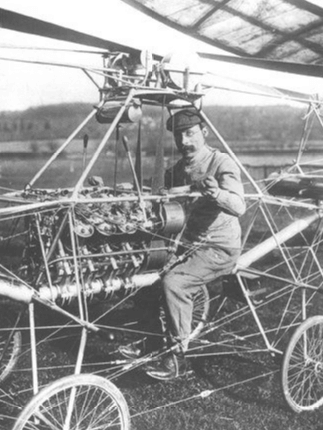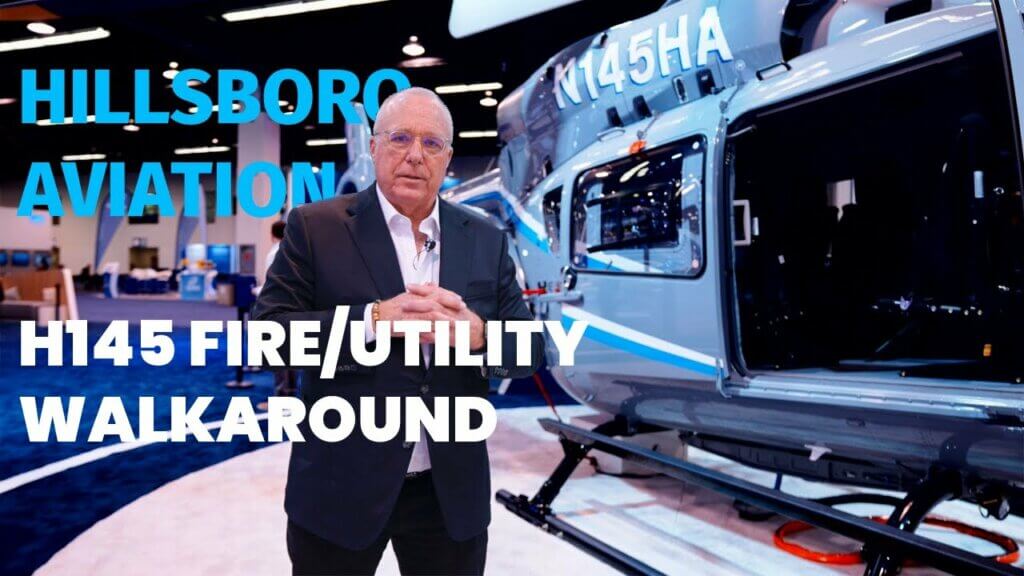On Nov. 13, 1907, French engineer and bicycle maker Paul Cornu made history by becoming the first man to fly in a rotary wing aircraft.
The primitive helicopter – a twin rotorcraft powered by a 24-horsepower engine – only lifted Cornu about five feet off the ground, holding him there for 20 seconds at Coquainvilliers, near Lisieux in France.

But that was enough for Cornu to take his place in the history books as the first man to successfully fly a rotary wing aircraft.
About Paul Cornu
Cornu was born in 1881 in the French town of Lisieux, where the local high school is named after him to this day.
Once he reached working age, he joined his father in the family business, an automobile, cycles and motorcycles shop where his talent for engineering became clear.
Cornu died in 1944, when his home was destroyed during a World War II allied bombardment.
Cornu’s “flying bicycle”
Like the Wright Brothers, Cornu was a bicycle maker who dreamed of flight.
His inventive skills first came to the fore when, at the age of 24, he designed and built a working, two-rotor model helicopter weighing 29 pounds.
The success of this invention, which he demonstrated at the annual agricultural fair in Lisieux on Oct. 4, 1906, encouraged him to build a large-scale version capable of carrying a passenger.
The helicopter he built had two rotors mounted one behind the other, a 24-horsepower Antoinette engine, and movable flat surfaces, or control vanes, mounted under the rotors for steering purposes.
It was with this machine, known as his “flying bicycle,” that he achieved the first manned helicopter flight on Nov. 13, 1907.
A short history of helicopters
Helicopters are a relatively recent invention. But their origins may date back to the 15th century, when Leonardo da Vinci sketched a reed, linen and wire “airscrew” device designed to compress air to obtain flight.
Da Vinci never tested his theory, which is perhaps a good thing as modern scientists believe it would have been too heavy to get off the ground.
In fact, it took hundreds of years for the first actual helicopter to take flight.
That was in 1877, when Italian Enrico Forlanini flew an unmanned helicopter weighing 771 pounds to a height of 43 feet for 20 seconds.
The next big leap forward came in 1907, a few months before Cornu’s historic flight, when French inventors, the Breguet brothers, accomplished a manned flight that lasted 60 seconds but was held in position by men standing on the ground.
Later developments of note included the first rotorcraft record registered by the FAI – a 2,415-feet flight made by the Marquis of Pescara near Paris in 1924 – and the maiden flight of the VS-300, the world’s first practical helicopter designed by Igor Sikorsky, in September 1939.










Kudos to you, Paul Cornu !
There are some academic studies that prove what never Paul Cornu could take off (sorry my english lenguaje)
There is no actual contemporary evidence that he flew to 5 feet. His journal entry only says that all 4 wheels got off the ground. See for example: https://vtol.org/store/product/engineering-analysis-of-the-1907-cornu-helicopter-3337.cfm and https://vtol.org/store/product/1907-cornu-helicopter-concept-revisited-performance-measurements-of-a-16scale-model-of-the-rotor-5706.cfm